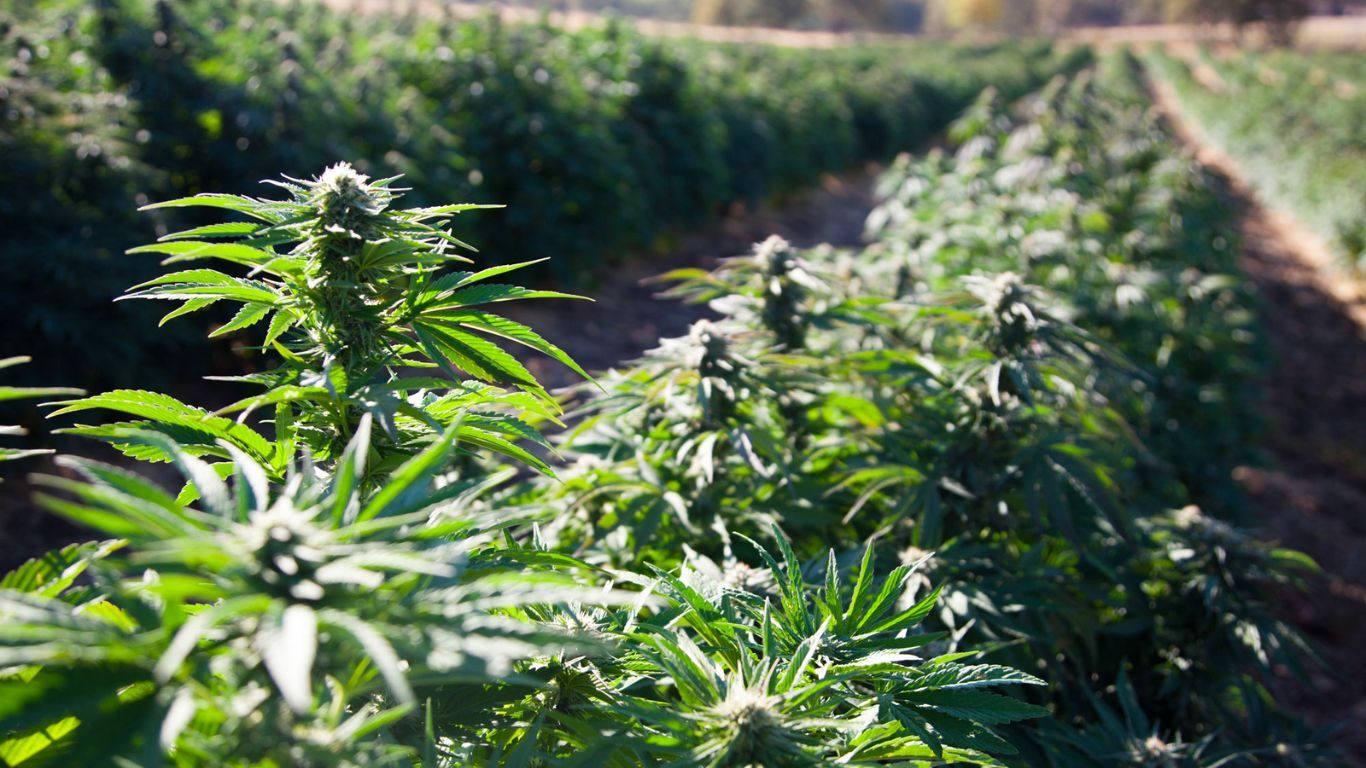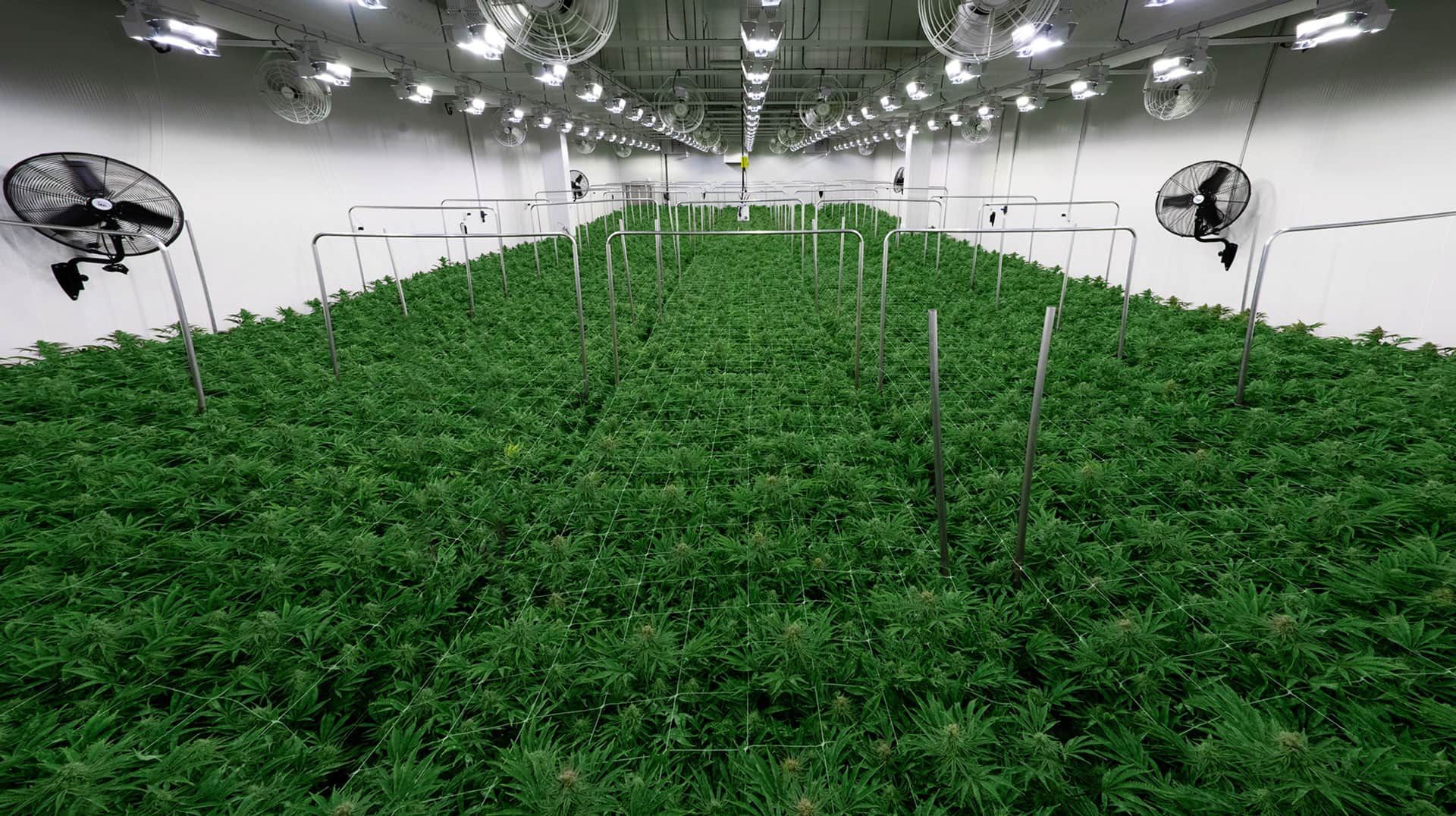Report calls for more cohesion, public health focus to US cannabis laws
A new report from researchers in the US is calling on that country’s federal government to take the lead in more strictly regulating cannabis with an eye on public health.
The report from the National Academies of Sciences, Engineering, and Medicine (NASEM) in the United States was compiled by members of the NASEM’s Committee on the Public Health Consequences of Changes in the Cannabis Policy Landscape.
Looking at countries like Canada and Uruguay that took a stricter public health focus to legalization, researchers say the US federal government needs to bring more cohesion to the dozens of various state-legal models allowing some form of medical and/or non-medical adult-use access to cannabis.
The US approach to legalization has generally been more focused on revenue generation for various levels of government through taxation and regulatory fees, as well as private businesses. At the same time, both Canada and Uruguay put policies in place that emphasized public health concerns over private profits or even personal liberties.
The report also calls on the US federal government to close hemp regulatory loopholes in the 2018 Farm Bill that have led to a proliferation of under-regulated semi-synthetic cannabinoids like delta-8THC.
“Existing state cannabis policies were developed without a public health strategy. State-to-state variations in regulations limit public health efforts to prevent harmful use. In contrast, some countries, such as Canada and Uruguay, have adopted more measured approaches with stricter government control over cannabis products and how they are sold or consumed. Such stricter regulatory frameworks may better protect public health.”
The committee was tasked with recommending a harm reduction approach to cannabis policy and setting a policy research agenda for the next five years.
“There is an urgent need for a coordinated public health approach to cannabis policy in the U.S.,” said Steven Teutsch, chair of the committee that wrote the report and senior fellow at the Leonard D. Schaeffer Center for Health Policy and Economics at the University of Southern California.
“Our report shows that cannabis policy often focuses on regulating sales and revenue first, and protecting public health second. Now is the time for the federal government to create guidance for states that have legalized cannabis in the interest of protecting the public’s health.”
Many of the recommendations mirror the approaches to legalizing and regulating cannabis taken by Canada and Uruguay, models the report explores in-depth as well. From the report:
“Existing state cannabis policies were developed without a public health strategy. State-to-state variations in regulations limit public health efforts to prevent harmful use. In contrast, some countries, such as Canada and Uruguay, have adopted more measured approaches with stricter government control over cannabis products and how they are sold or consumed. Such stricter regulatory frameworks may better protect public health.”
In contrast, the state-legal approach in the US has meant little oversight for things like age-gating or enforcing advertising restrictions. The report also expresses significant concern about how the current “ambiguous definition of hemp” in the 2018 Farm Bill has led to a largely unregulated market for semisynthetic intoxicating cannabinoids.
The report includes several recommendations:
- Congress should refine the definition of “hemp” to clearly state that no form of tetrahydrocannabinol or semi-synthetic cannabinoid derived from hemp is exempt from the Controlled Substances Act.
- In conjunction with other federal agencies, the Centers for Disease Control and Prevention should conduct research on and develop best practices for protecting public health for states that have legalized cannabis, drawing from tobacco and alcohol policies. These best practices should encompass marketing restrictions (e.g., on advertising and packing), age restrictions, physical retail and retail operating restrictions, taxation, price restrictions, product design, and measures to limit youth access. Other strategies for protecting public health that warrant identification of best practices include reducing cannabis-impaired driving, promoting state retail monopoly, and encouraging cultivation practices that limit contamination of both products and the environment. The best practices should be reconsidered and updated periodically as new research emerges.
- The Centers for Disease Control and Prevention, in conjunction with its federal, state, tribal, and territorial partners, should create an adaptable public health surveillance system for cannabis. This surveillance system should include, at a minimum, cannabis cultivation and product sales, use patterns, and health impacts. It should also include all the essential components of a public health surveillance system: a surveillance plan, data collection, data analysis, data interpretation, data dissemination, a link to action, and regular evaluation.
- The U.S. Pharmacopeia has established product quality and analytical standards for cannabis inflorescence (flower) and is developing standards for cannabis extracts incorporated into pills and edibles. As these standards are completed, state cannabis regulators should adopt and enforce them to ensure the safety and quality of all legal cannabis products.
- State cannabis regulators should require training and certification for all staff at cannabis retail outlets who interact with customers. The training should address the effects of cannabis on humans, prevention of sales to minors, warnings about cannabis-impaired driving, cannabis use in pregnancy, high-concentration or high-potency products, and how to identify signs of impairment. The effectiveness of the training should be assessed, and the content updated as new scientific information about the positive and negative impacts of cannabis emerges.
- The Centers for Disease Control and Prevention (CDC), in coordination with other relevant agencies, should develop and evaluate targeted public health campaigns directed mainly toward parents and vulnerable populations (e.g., youth, those who are or are likely to become pregnant, adults over age 65) about the potential risks of cannabis; how to identify risky behaviour, such as the use of cannabis in combination with alcohol or prescription drugs; and risk mitigation strategies, such as lower-risk use guidelines and safe storage. These public health campaigns should include discouraging unhealthy use, such as the use of cannabis in combination with other substances (alcohol, tobacco, or drugs), and the increased risk associated with the use of high-concentration or high-potency products.
- Congress should remove restrictions on the Office of National Drug Control Policy (ONDCP) from studying the impacts of cannabis legalization. The ONDCP should be allowed to support research on the impacts of changes in cannabis policy.
- Jurisdictions responsible for the enforcement of cannabis laws should endeavour to regularly gather and report detailed data concerning the use of criminal enforcement tools to enforce cannabis policies.
- State cannabis regulators should systematically evaluate and, if necessary, revise their cannabis social equity policies to ensure they meet their stated goals and minimize unintended consequences. Policymakers should meaningfully engage affected community members when developing or revising these policies.
- Where states have legalized or decriminalized adult use and sales of cannabis, criminal justice reforms should be implemented, and records automatically expunged or sealed for low-level cannabis-related offences.
- The National Institutes of Health; the Centers for Disease Control and Prevention; state, local, and tribal health authorities; and private entities should support a research agenda focused on:
- public health outcomes of different approaches to cannabis regulation
- efficacy of tests used to determine cannabis impairment
- health effects of cannabis use (by product, amount, and frequency) by specific populations
- health effects of emerging cannabis products, and • mitigation of the risks of cannabis use.







